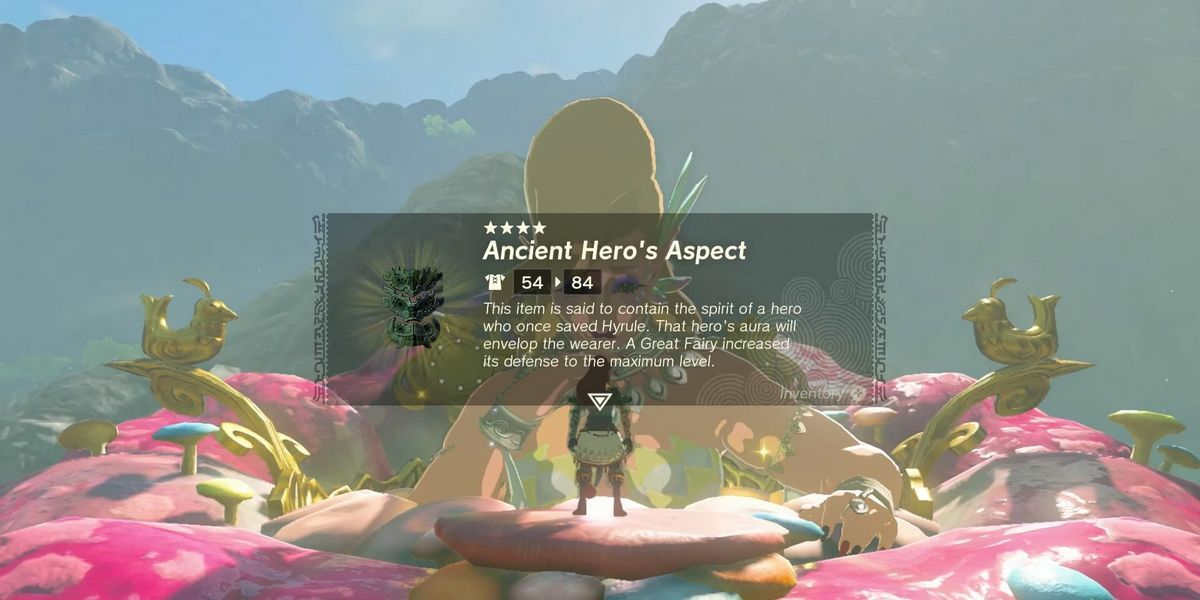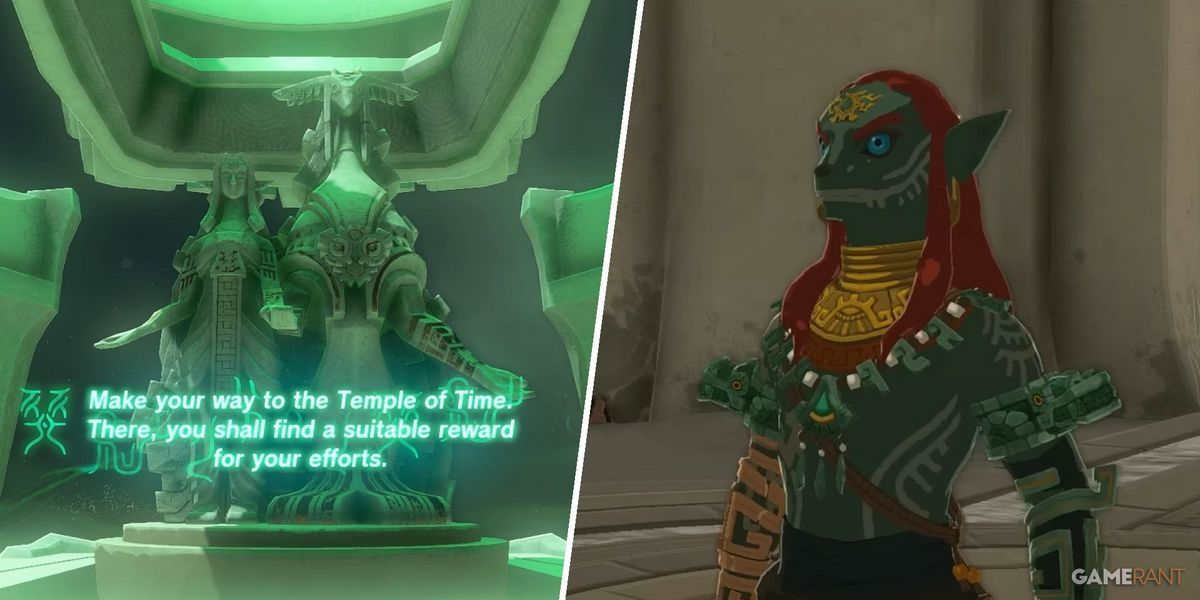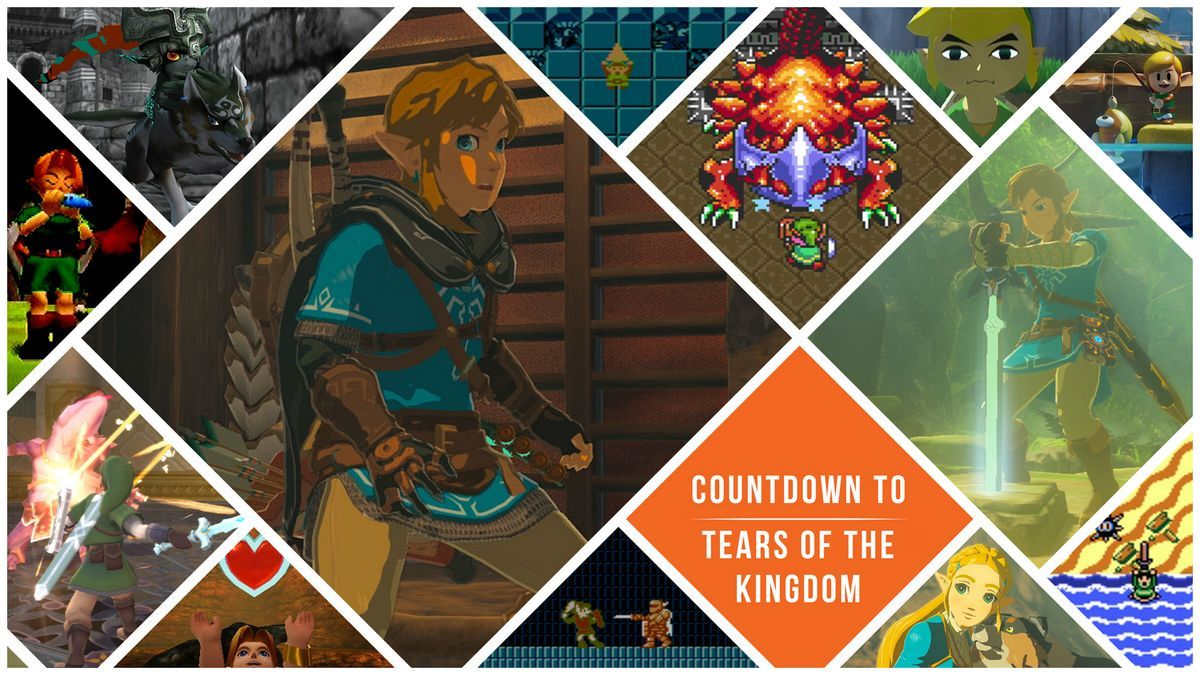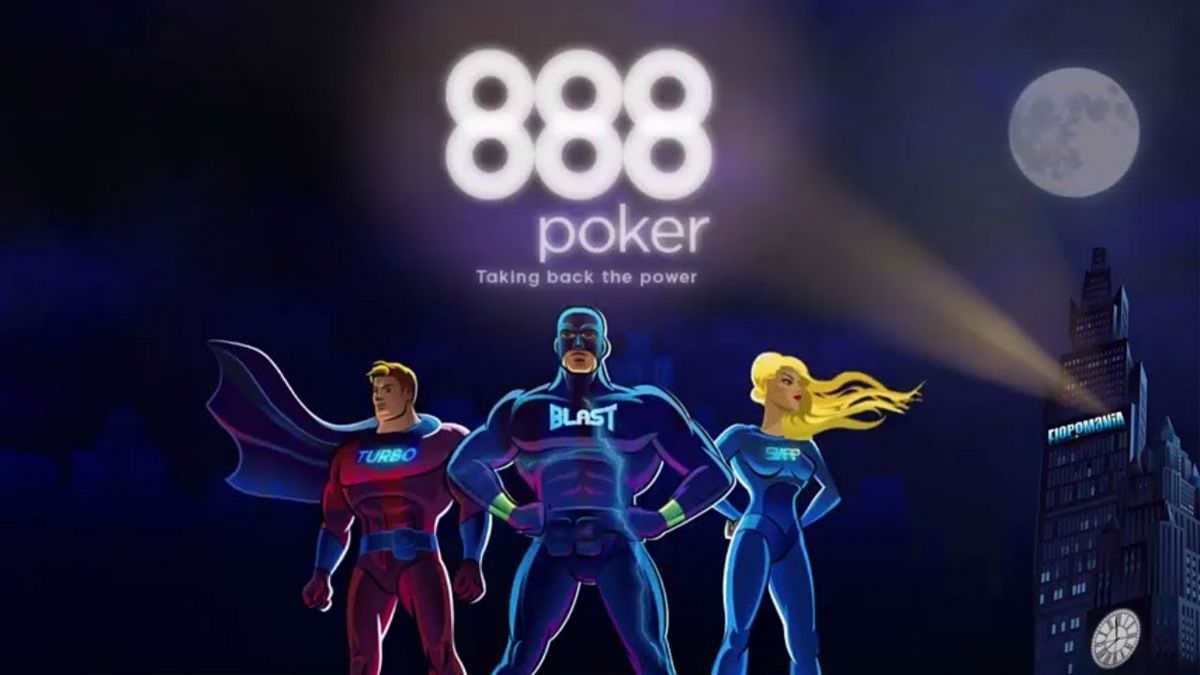The Legend of Zelda: A Link Between Worlds is a critically acclaimed action-adventure video game developed and published by Nintendo for the Nintendo 3DS. The game was released in 2013 as a sequel to the popular title, The Legend of Zelda: A Link to the Past, which was first released in 1991 for the Super Nintendo Entertainment System.

A Link Between Worlds features an open-world gameplay style that allows players to explore its vast world and complete quests at their own pace. The game also introduces new mechanics such as merging into walls and accessing different dimensions through portals, which add depth and complexity to its gameplay.
In this article, we will dive deep into the details of how A Link Between Worlds builds on its predecessor’s legacy with fresh mechanics and innovative design choices. We will examine how these design choices impact player experience, including improved exploration options, challenging puzzles, engaging combat scenarios, and memorable boss battles.
Furthermore, we will discuss how A Link Between Worlds incorporates elements from other entries in the series while still maintaining its own unique identity. We’ll highlight notable characters like Ravio who play significant roles within this installment’s narrative structure while analyzing various themes explored throughout it all – such as courage against adversity or revisiting old memories – making it an enjoyable experience not just for fans but anyone who appreciates well-crafted games.
Overall, this article aims to give readers an expert’s insight into what makes The Legend of Zelda: A Link Between Worlds one of Nintendo’s most beloved titles – showcasing why it has stood out since its release seven years ago; even after many newer games have come along over time!
- A Comprehensive Analysis of the Game Mechanics and Gameplay Elements in The Legend of Zelda: A Link Between Worlds
- Character Development in The Legend of Zelda: A Link Between Worlds – Unraveling the Complexities
- An In-Depth Exploration into the Storyline and Narrative Structure of The Legend of Zelda: A Link Between Worlds
- Dungeons, Puzzles, and Boss Fights – Examining the Challenges Presented by The Legend of Zelda: A Link Between Worlds
- Graphics, Sound Design, and Visuals – Evaluating the Technical Aspects that Make up The Legend of Zelda: A Link Between Worlds
- Critical Reception and Impact on Gaming Culture – Understanding How The Legend of Zelda: A Link Between Worlds Redefined its Genre
- Exploring Hyrule’s Parallel World – Lorule in “The Legend Of Zeda :A link between worlds”
- Analysis Of Items And Weapons Used In “The legend Of Zeda :A link between worlds”
A Comprehensive Analysis of the Game Mechanics and Gameplay Elements in The Legend of Zelda: A Link Between Worlds
The player takes on the role of the protagonist, Link, as he embarks on an epic adventure through the Kingdom of Hyrule and its parallel world, Lorule.
One notable gameplay element in A Link Between Worlds is the ability to merge into walls and navigate along them like a painting. This mechanic adds a new layer of depth to exploration and puzzle-solving, enabling players to access hidden areas that would otherwise be inaccessible. Additionally, it offers creative solutions to environmental obstacles by allowing players to sidestep hazards or surprise enemies from unexpected angles.
Another key feature in this title is its nonlinear progression system. Unlike previous games in the series, players can tackle dungeons and challenges in any order they choose. In some cases, completing one dungeon may even alter another’s layout or difficulty level. This adaptive approach encourages experimentation with different playstyles and strategies while facilitating individualized experiences for each player.
Overall, The Legend of Zelda: A Link Between Worlds stands out as an innovative entry in the beloved franchise thanks to its unique gameplay elements such as wall-merging traversal mechanics and nonlinear progression system. These features provide unparalleled immersion into an expansive world filled with memorable characters and challenging puzzles that will keep longtime fans engaged while welcoming newcomers alike.
Character Development in The Legend of Zelda: A Link Between Worlds – Unraveling the Complexities
The main protagonist, Link, goes through several transformations throughout the game that are critical to his growth as a hero. These developments are not only physical but also emotional and psychological.
One of the most significant aspects of character development in The Legend of Zelda: A Link Between Worlds is the introduction of Ravio, a mysterious salesman who rents out items and weapons to Link. As the game progresses, we learn more about Ravio’s past and his motivations for helping Link on his journey. This added layer of complexity gives depth to both characters and provides players with an opportunity to connect with them on a deeper level.
Another noteworthy aspect of character development in this game is its non-linear structure. Unlike traditional games where progression follows set storylines, The Legend of Zelda: A Link Between Worlds allows players to tackle challenges at their own pace and order – enabling them to develop their skills based on personal preferences rather than predetermined paths.
Overall, the character development in The Legend of Zelda: A Link Between Worlds showcases how video games can create complex narratives while still offering exciting gameplay elements. Its unique approach sets it apart from other titles within its genre while giving fans an unforgettable gaming experience characterized by unparalleled storytelling creativity.
An In-Depth Exploration into the Storyline and Narrative Structure of The Legend of Zelda: A Link Between Worlds
The plot revolves around the hero, Link, as he embarks on a quest to save the land of Hyrule and its parallel world Lorule. The storyline is rich with themes such as betrayal, sacrifice, and redemption which are brilliantly interwoven into the narrative structure.

One of the key narrative structures used in A Link Between Worlds is non-linear storytelling. This allows players to explore both worlds at their own pace while uncovering hidden secrets and clues that piece together the overarching story. Additionally, this game utilizes flashback sequences to reveal crucial backstory information regarding characters like Princess Hilda or Ravio who play pivotal roles in shaping events throughout the game.
Another notable aspect of A Link Between World’s narrative design is how it balances character development with gameplay mechanics. As players progress through dungeons and overcome challenges, they unlock new abilities that allow them to delve deeper into both worlds’ mysteries – leading to even more character growth opportunities along with new stories unveiled via cutscenes.
In conclusion, The Legend of Zelda: A Link Between Worlds offers an immersive experience where players can lose themselves within a vast world full of magic and wonderment. Its multi-layered storytelling weaves memorable characters along with engaging gameplay elements for an unforgettable adventure well worth experiencing time-and-again!
Dungeons, Puzzles, and Boss Fights – Examining the Challenges Presented by The Legend of Zelda: A Link Between Worlds
Each challenge requires different skills and strategies from the player to progress through the game.
Dungeons are designed with intricate layouts that require exploration and puzzle-solving abilities. The layout often includes hidden rooms or passages that can only be accessed by solving specific puzzles or using particular items found throughout the dungeon. The use of items also plays an important role in completing these challenges as they allow players to navigate through various obstacles.
Puzzles in this game require critical thinking abilities and attention to detail. These puzzles come in different forms like block sliding puzzles, switch activation, item combinations, among others. Puzzles often involve manipulating objects within an environment and testing their interactions with other elements in it.
Boss fights are challenging battles against powerful enemies at the end of each dungeon. They have unique attack patterns that need careful observation before executing attacks effectively while avoiding their hits simultaneously. The use of acquired items for dealing damage such as bombs or arrows is essential when engaging these foes.
In conclusion, Dungeons Puzzles Boss Fights – Examining Challenges Presented by The Legend of Zelda: A Link Between Worlds delivers a thrilling gaming experience full of surprises where players must apply both strategic thinking skills combined with quick reflexes during combat situations if they want success on their journey through Hyrule Kingdom!

Graphics, Sound Design, and Visuals – Evaluating the Technical Aspects that Make up The Legend of Zelda: A Link Between Worlds
The game’s art style is reminiscent of the classic 16-bit era, but elevated with modern technology to create beautifully detailed environments for players to explore. This attention to detail extends beyond just the backgrounds; every character sprite and animation is smooth and polished.
In terms of sound design, A Link Between Worlds sets itself apart from other games in the series by incorporating dynamic music that changes depending on what area you’re in or what action you’re performing. For example, entering a dungeon will trigger eerie music that ramps up as enemies are encountered. Similarly, transitioning between worlds will cause an upbeat remix of the main theme to play while traversing overworlds creates a sense of exploration through more open-ended tracks.
Finally, when it comes to visuals, A Link Between Worlds utilizes its unique 3D capabilities in an interesting way – allowing players to merge into walls and shift their perspective on puzzles or boss fights. These effects work seamlessly alongside creative environmental hazards such as floors crumbling beneath your feet or hidden passages revealed by lighting torches.
Overall A Link Between Worlds’ technical aspects all come together cohesively creating an unforgettable gaming experience where excellence isn’t sacrificed for nostalgia’s sake.
Critical Reception and Impact on Gaming Culture – Understanding How The Legend of Zelda: A Link Between Worlds Redefined its Genre
Its critical reception was overwhelmingly positive, with praise heaped upon its innovative gameplay mechanics, beautiful graphics and soundtrack, and expertly crafted world design.
One way in which A Link Between Worlds redefined its genre was through its unique approach to dungeon exploration. Instead of locking players into a linear path through each dungeon, the game allowed them to rent or buy items at any time and tackle the dungeons in any order they chose. This non-linear structure encouraged creative problem solving and gave players more agency over their own experience.
Another key aspect of A Link Between Worlds’ impact on gaming culture was its use of nostalgia. While it introduced many new elements to the series, it also paid homage to past installments by including references and easter eggs that longtime fans could appreciate. By balancing old and new elements so well, the game appealed not only to newcomers but also satisfied long-time fans.
Overall, The Legend of Zelda: A Link Between Worlds set a high bar for future entries in both The Legend of Zelda franchise and action-adventure games as a whole by demonstrating how innovative mechanics can be implemented seamlessly while still paying respect to previous iterations within furthering an established lore without deviating from genuine storytelling.
Exploring Hyrule’s Parallel World – Lorule in “The Legend Of Zeda :A link between worlds”
This new realm is similar in many ways to Hyrule, but with its own unique differences and challenges.
One of the most striking aspects of Lorule is its dark and foreboding atmosphere. Unlike Hyrule, which is often portrayed as a vibrant and colorful world filled with life, Lorule feels much more subdued and oppressive. The landscapes are twisted and gnarled, with dark clouds looming overhead and ominous music setting the mood for danger around every corner.
Despite these differences, however, there are still many similarities between the two worlds that players will recognize from previous games in the series. There are dungeons to conquer, puzzles to solve, and powerful bosses to defeat – all staples of the Zelda franchise.
Ultimately, exploring Lorule adds an entirely new dimension to “A Link Between Worlds” that helps make it one of the most beloved entries in this classic video game series. It’s not just about revisiting familiar places or fighting old enemies – it’s about discovering an entirely new world filled with fresh challenges and unexpected surprises at every turn.
Analysis Of Items And Weapons Used In “The legend Of Zeda :A link between worlds”
The game features an impressive array of weapons and items that are essential to the gameplay experience. These include tools such as bombs, arrows, boomerangs, hookshots, and more.
One of the unique aspects of this game is its item system. Players can rent or buy items from Ravio’s Shop in order to progress through the story. This allows players to customize their gameplay experience based on their preferences and playstyle.
Weapons also play a vital role in defeating enemies throughout the game. Swords such as the Master Sword and Hylian Shield are staples for Link’s arsenal while other weapons like fire rods, ice rods, sand rocs, and hammer helps defeat specific enemy types effectively.
Overall, The Legend of Zelda: A Link Between Worlds stands out not only for its engaging storyline but also for its unique weapon/item system which encourages player experimentation and rewards creativity when tackling obstacles within dungeons or facing off against enemies.

In conclusion, The Legend of Zelda: A Link Between Worlds is an exceptional game that successfully blends traditional gameplay elements with modern mechanics. Its innovative feature of allowing players to rent and purchase items instead of discovering them within the game world adds a refreshing twist to the franchise’s renowned puzzle-solving gameplay.
This game also features a gorgeous art style that pays homage to the series’ roots while also providing a fresh take on Hyrule and its inhabitants. The music in this title is also top-notch, providing dynamic soundscapes that add depth and emotion to each area.
Additionally, A Link Between Worlds offers many exciting challenges for players looking for something more difficult than simply completing the main quest. These challenges include time trials through dungeons and boss rushes that put your skills as a player to the test.
Overall, The Legend of Zelda: A Link Between Worlds is another fantastic addition to one of gaming’s most celebrated franchises. Its ingenuity coupled with its appreciation for what made past installments so special make it an excellent experience for both long-time fans and newcomers alike.
Read More:- Discover the Charm of The Legend of Zelda: Link's Awakening – A Nostalgic Adventure Game!.
- Discover The Legend of Zelda: Ocarina of Time 3D – A Nostalgic Gaming Experience!.
- Discover the Treasures of The Legend of Zelda Collector's Edition Game – Limited Stock Available!.
- Unleash Your Inner Hero with The Legend of Zelda: The Wind Waker HD Game – Experience the Adventure in High Definition!.
- Dungeon Travelers 2: The Royal Library & the Monster Seal – A Thrilling Game Adventure.
- Discover the Thrilling World of Pokemon Mystery Dungeon: Red Rescue Team Game – Engage in Exciting Adventures!.
- Explore the Mystery Dungeon with Pokemon in the thrilling game Pokemon Mystery Dungeon: Explorers of Darkness.